Postoperative Orders
- Monitored recovery: The fact that the ventricle has been accessed and open to atmospheric pressure during the surgery means that the patient’s ICP was zero at the time of closure of the surgical wound. If the subarachnoid spaces are not competent to handle the new demand to circulate CSF to the arachnoid villi and other points or resorption into the blood, then ICP can build with the patient becoming symptomatic. Consequently, patients undergoing a ETV should be in a monitored setting for the first night after surgery so that this problem will be identified in a time frame where it can be safely treated.
- IV fluids and diet: A significant number of individuals undergoing a ETV experience nausea and vomiting after surgery, particularly if they had increased ICP preoperatively. Treatment is IV fluids for hydration and antiemetics. This problem usually resolves within 48 hours.
- Weaning off EVD: Some patients require a period of support with intermittent drainage of CSF as they open their subarachnoid spaces in order to handle the new CSF flow from the ETV. Weaning the patient from a CSF drain can be done by gradually increasing the resistance to drainage by raising the drainage bag or intermittently clamping the drain.
- Imaging: The ventricles will not equilibrate for months after a ETV. Consequently, the main reason for scanning in the immediate postoperative period is to evaluate new or persisting symptoms. Baseline scans to document where the ventricle sizes have equilibrated should be done 3–6 months or longer after the ETV is performed.
Postoperative Morbidity
- Nausea and vomiting: Nearly 50% of patients undergoing an ETV experience nausea and vomiting for hours to several days after the procedure. Management is with IV fluids and bed rest.
- Headaches: Air and blood in the ventricles can cause headaches of varying severity. Headaches are managed with routine analgesics.
Please create a free account or log in to read 'Recovery From Surgery for Managing Hydrocephalus with a Third Ventriculostomy in Children'
Registration is free, quick and easy. Register and complete your profile and get access to the following:
- Full unrestricted access to The ISPN Guide
- Download pages as PDFs for offline viewing
- Create and manage page bookmarks
- Access to new and improved on-page references

